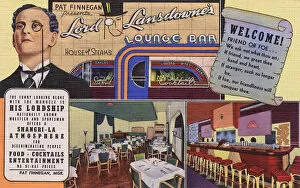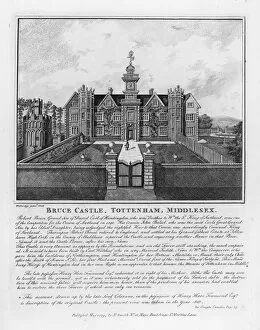Lordship Collection (#5)
"Exploring the Essence of Lordship: From Walter Passmore to Iolanthe" In the heart of Dulwich, a historic neighborhood in London, stands the LCC-MFB Dulwich fire station
For sale as Licensed Images
Choose your image, Select your licence and Download the media
"Exploring the Essence of Lordship: From Walter Passmore to Iolanthe" In the heart of Dulwich, a historic neighborhood in London, stands the LCC-MFB Dulwich fire station. This iconic landmark has witnessed countless heroic acts by LCC-MFB firefighters who have dedicated their lives to protecting this community. But what does it mean to hold the title of "lordship"? Let us delve into its multifaceted nature and discover its significance throughout history. Drawing inspiration from Walter Passmore's timeless play, Iolanthe, we find ourselves immersed in a world where lords and ladies reign supreme. The grandeur and power associated with it can epitomized through extravagant events such as Lord Shaftesbury's Funeral at Westminster or the majestic Ceremony of Feudal Service during the 9th-10th century. However, lordship is not merely confined to pompous ceremonies or aristocratic gatherings and can also be found in unexpected places like Shobdon Court in Hereford - home to The Lord Bateman back in 1910. This picturesque estate serves as a reminder that even within rural landscapes, lordship leaves an indelible mark on society. Lord Brougham of England graces our thoughts with his enigmatic presence captured by an unknown artist between 1860-1865. His image evokes curiosity about how individuals attain such esteemed positions and how they navigate their responsibilities once bestowed upon them. The concept extends beyond geographical boundaries too; it transcends time and cultures. A vivid lithograph depicting Typical German States before and since the French Revolution showcases how political structures evolve while still preserving elements of authority associated with lordships. Yet amidst all these grandiose depictions lies humor intertwined with social commentary. A colorful lithograph portrays a horse-drawn carriage carrying a drunk huntsman crashing through a shop window – reminding us that even those entrusted with great power are not immune to folly.












